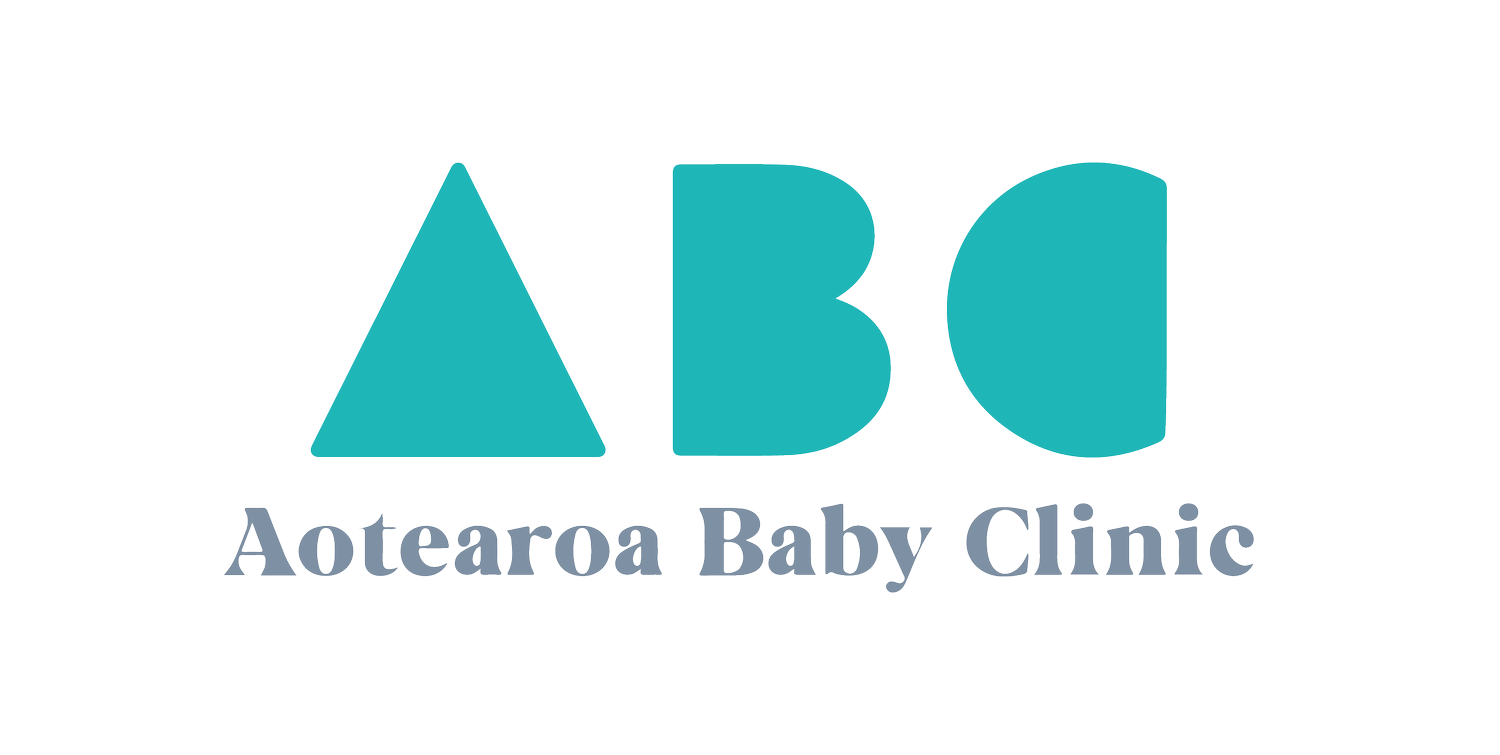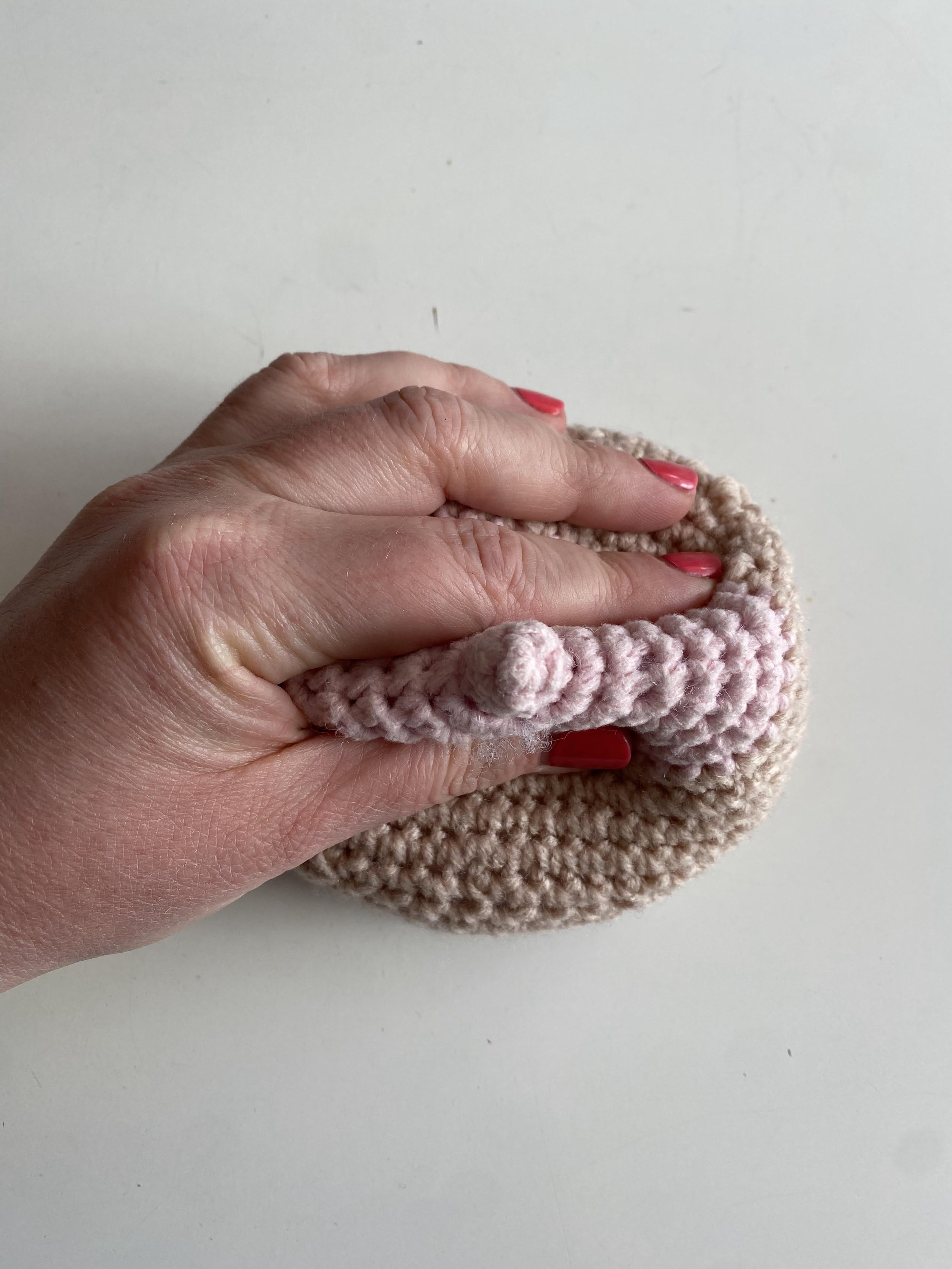Antenatal Expression of Colostrum
Maybe you’ve started leaking colostrum already, your midwife has suggested collecting colostrum, or a friend has shared this article with you. Either way, lets talk about expressing milk during pregnancy.
Antenatal expression of colostrum involves hand expressing small amounts of colostrum during pregnancy, usually in the late third trimester (from 36 weeks).
There are two main reasons someone might want to express colostrum
To get comfortable with the skill of hand expression
To have some colostrum on-hand in case their baby needs topping up after delivery.
Both of these can be extremely helpful for many pregnant people, but will be especially beneficial for people who may have a higher risk of delayed lactogenesis II, ie “milk coming in” - for example, if you are having a planned Caesarean section, have gestational diabetes or insulin resistance (Type II Diabetes or PCOS), or have had issues with breastfeeding another child.
Lets break down each of these benefits a bit more.
Hand expression
Hand expression is the art of using your hands, or someone else’s, to express (or “squeeze”) milk out of the breast. It’s a really useful skill to have as a lactating parent as it requires basically no equipment and can be done anywhere.
Aim to remain calm and relaxed (easier said than done!). Place your hand in a “c” shape with the thumb on one side and your index and other fingers on the other side. Press gently but firmly into the breast, ie towards your chest wall/your back, then slowly roll your thumb and index finger towards the nipple. It isn’t a squeezing motion, it’s more of a milking action (yeah, I know). This should not hurt. Pain means you’re either pressing too hard or have been doing it for too long in this session.
The first few times you do it, you may want to try it in the shower - don’t worry about collecting any of the colostrum; just focus on the technique. As you get more comfortable, and if you’re expressing colostrum, you can start collecting this liquid gold.
Collecting Colostrum
Lets get collecting! You can ask your midwife or pharmacist about purchasing small syringes to collect and store the milk - usually starting with 1ml syringes. You can express up to three times a day using the same syringe, storing it in the fridge in between uses. After that, it can be frozen until it’s needed - make sure you clearly label the syringes, either with a Sharpie (which can be hard to do) or ask your midwife, doctor or hospital team for some labels.
During pregnancy, it’s normal to get anything from nothing, to a few drops, to several millilitres. The average (mean) amount of colostrum collected during the seminal DAME study was less than 5ml over the 2-4 week period in the study. However, some pregnant people got much larger amounts than that.
If you only get a few millilitres, don’t be disheartened - remember that collecting colostrum is only half of the benefit, and we’re also getting comfortable with the technique itself. Hand expression can be used at any time post-partum and is particularly useful in the first hours or days after your little one arrives; if breastfeeding is difficult or you have to be separated from your baby, you can express into a spoon or syringe, to then be fed to them.
If you have brought your antenatally expressed milk to the hospital, try and keep it frozen and only defrost it if needed. Make sure it’s clearly labelled, and ask your midwife, partner or support person to help you remember it, and find the milk storage fridge.
If you do not need to use the expressed colostrum, consider donating it; talk to your midwife about local milk banks (formal or informal)
An antenatal breastfeeding appointment can be a great investment in your breastfeeding journey - you can book one here.





